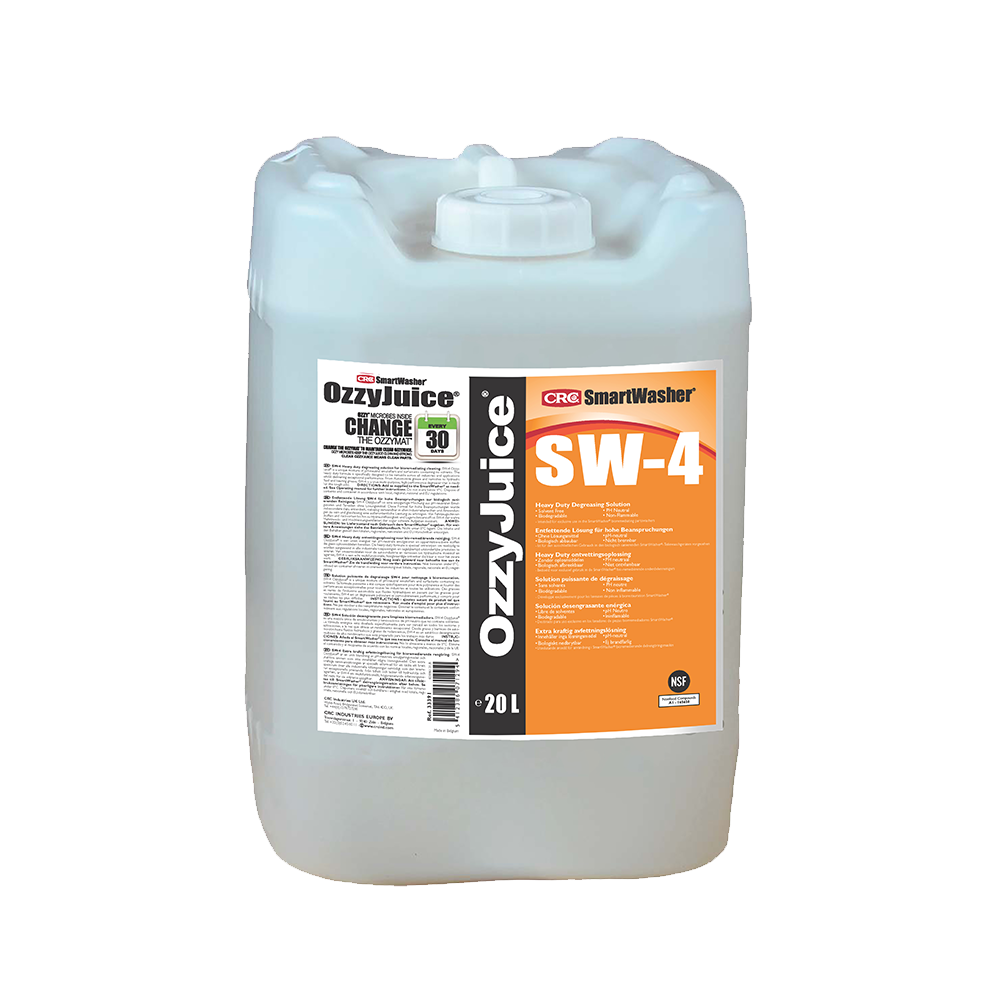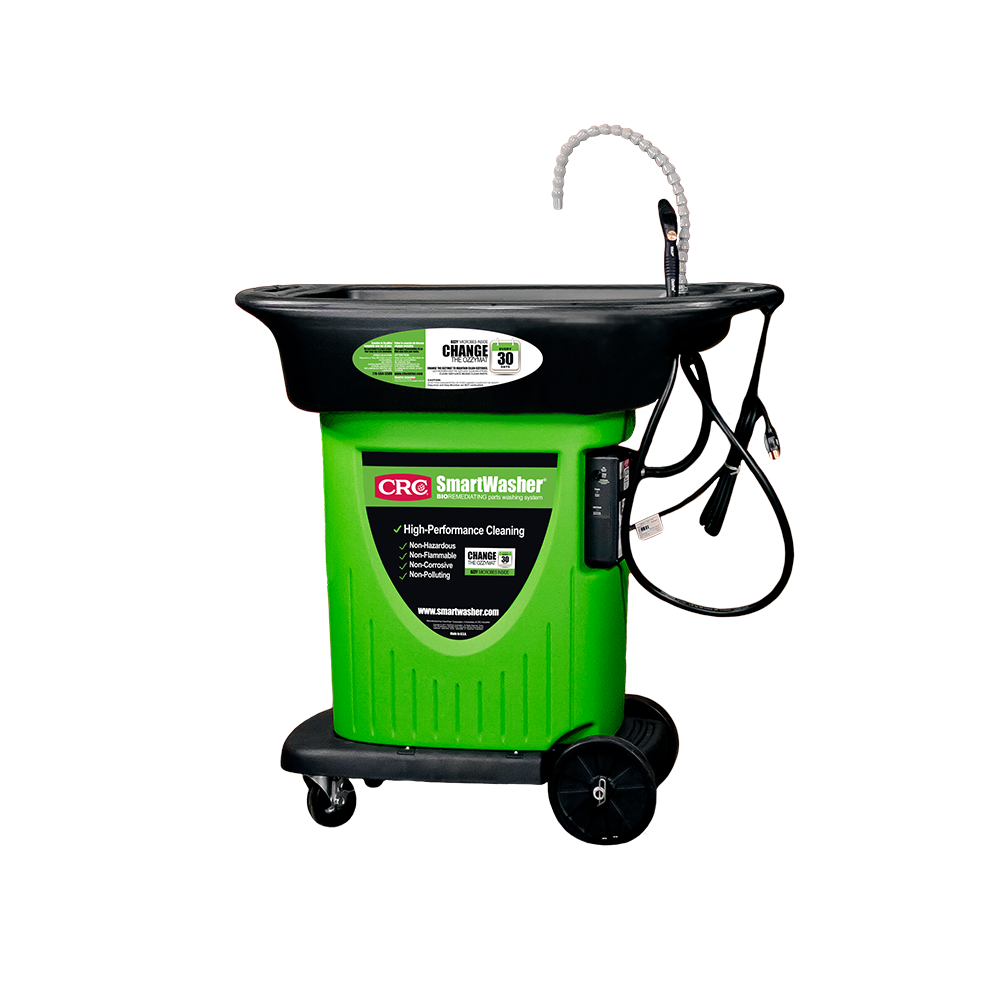Green Force®
POWERFUL SOLUTIONS DESIGNED FOR PROFESSIONALS, FORMULATED FOR THE ENVIRONMENT.
Green Force is a sustainable* initiative bringing together products that meet the growing customer need for reducing environmental impact and improving user safety, while delivering the premium quality and the high performance that customers expect from CRC.
- High performance
- Enhanced user safety
- Reduced environmental impact
* reducing environmental impact through verifiable criteria reducing environmental impact through verifiable criteria

Green Force Value Proposition:

Green Force Definitions
| Terminology | Description / User Benefit |
| Biodegradable formula (OECD A-F >60%) [i] | The ability of a formula to be transformed by micro-organisms into carbon dioxide and water. Levels of biodegradability according to OECD301A-F are: “Readily” >60% of a formula is converted within 28-days. “Inherently”, a lower level, is between >20% and 60% within 28-days. All Green Force products meet the higher-level, environmentally preferable “Readily Biodegradable” status. |
| Water-based formula (>50% water) | Replacing traditional solvents with water-based formulations typically create products that are safer in use with reduced environmental impact. |
| Renewable material or bio-based (>50%) | Renewable materials are natural resources that can be replenished, with minimal environmental impact. A material using substances from living organisms is referred to as a bio-based material. |
| Low or no VOC formula (<10% VOC) | VOC = Volatile Organic Compounds. Reducing VOC’s contribute to improved health and air quality, most noticeably by reducing odour and fumes in use. |
| Low Global Warming Potential (GWP <10) | GWP is an industry recognised measure of the calculated impact of a product on global warming. The benchmark reference is Carbon Dioxide (CO2) with a score of 1. The score allows users and specifiers to consider the environmental impact of the products they are using. |
| No halogenated compounds | Halogenated compounds are highly reactive chemicals including chlorine & iodine. Reducing the use of halogenated compounds not only dramatically reduces the potential long-term environmental impact from by-products but also eliminates the risk of harm through repeated exposure and cumulative health impacts. |
| No substances of very high concern (<0.1%) | As per Reach regulations, substances of very high concern (SVHCs) are legally recognized chemicals known to pose significant and serious health risks to people. In the context of PFAS, SVHCs may also be categorized as ‘forever chemicals,’ exerting a long-term cumulative impact on the environment. |
| Phosphate free (cleaners) | Phosphates are used in cleaners to condition water and improve performance. Too much phosphate can be toxic to aquatic life so eliminating it from Green Force products eliminates the risk of water quality degradation. |
| Non-toxic to aquatic life (no GHS09 & or H412) | The GHS/CLP Regulations define certain compounds as harmful to aquatic life under GHS09 and H112 warnings. These compounds can interfere with living organism life-cycles so removing these from a formulation minimises environmental impact. |
[i] OECD (2002), Detailed Review Paper on Biodegradability Testing, OECD Series on Testing and Assessment, No. 2, OECD Publishing, https://doi.org/10.1787/9789264078529-en





